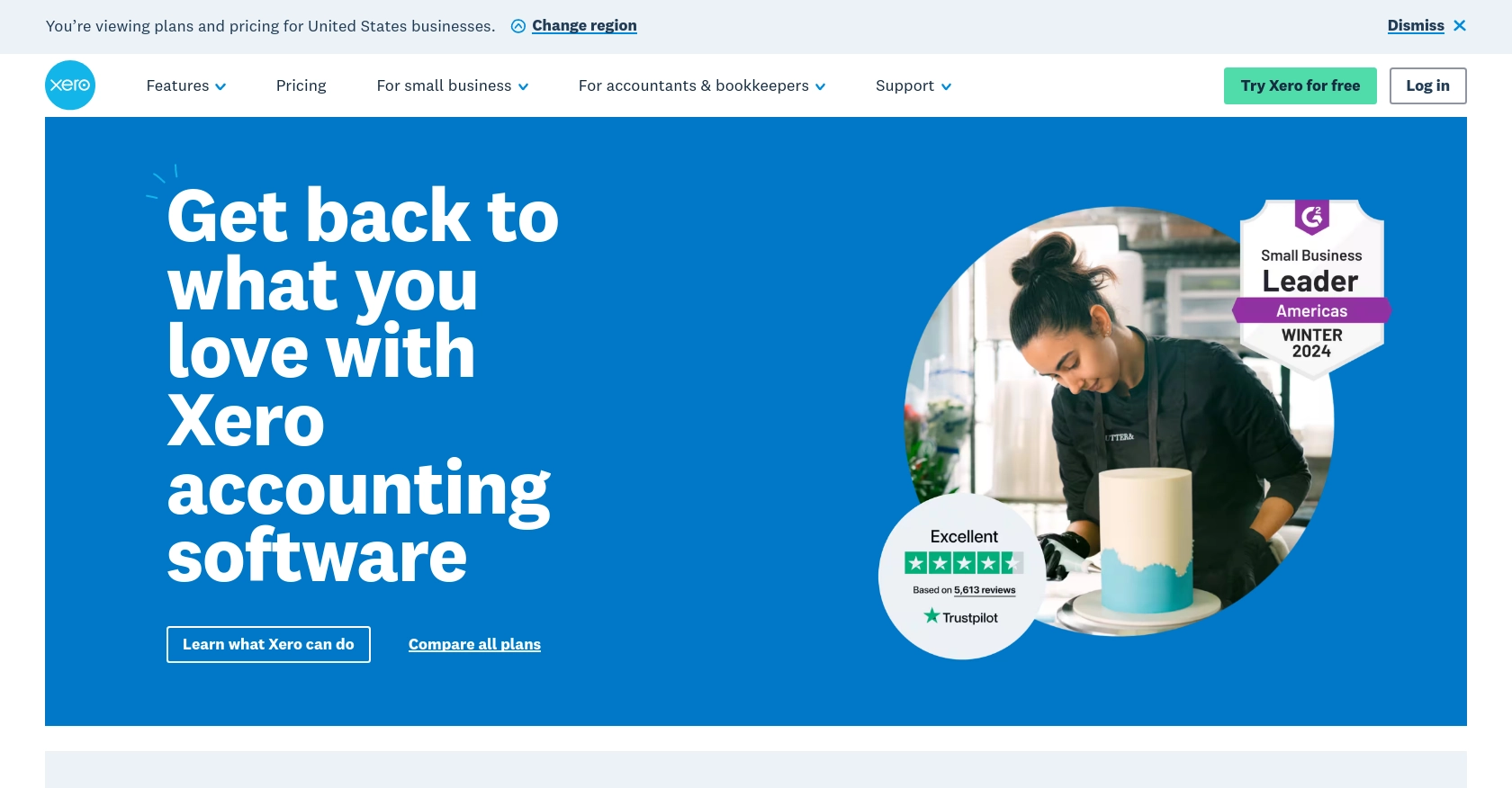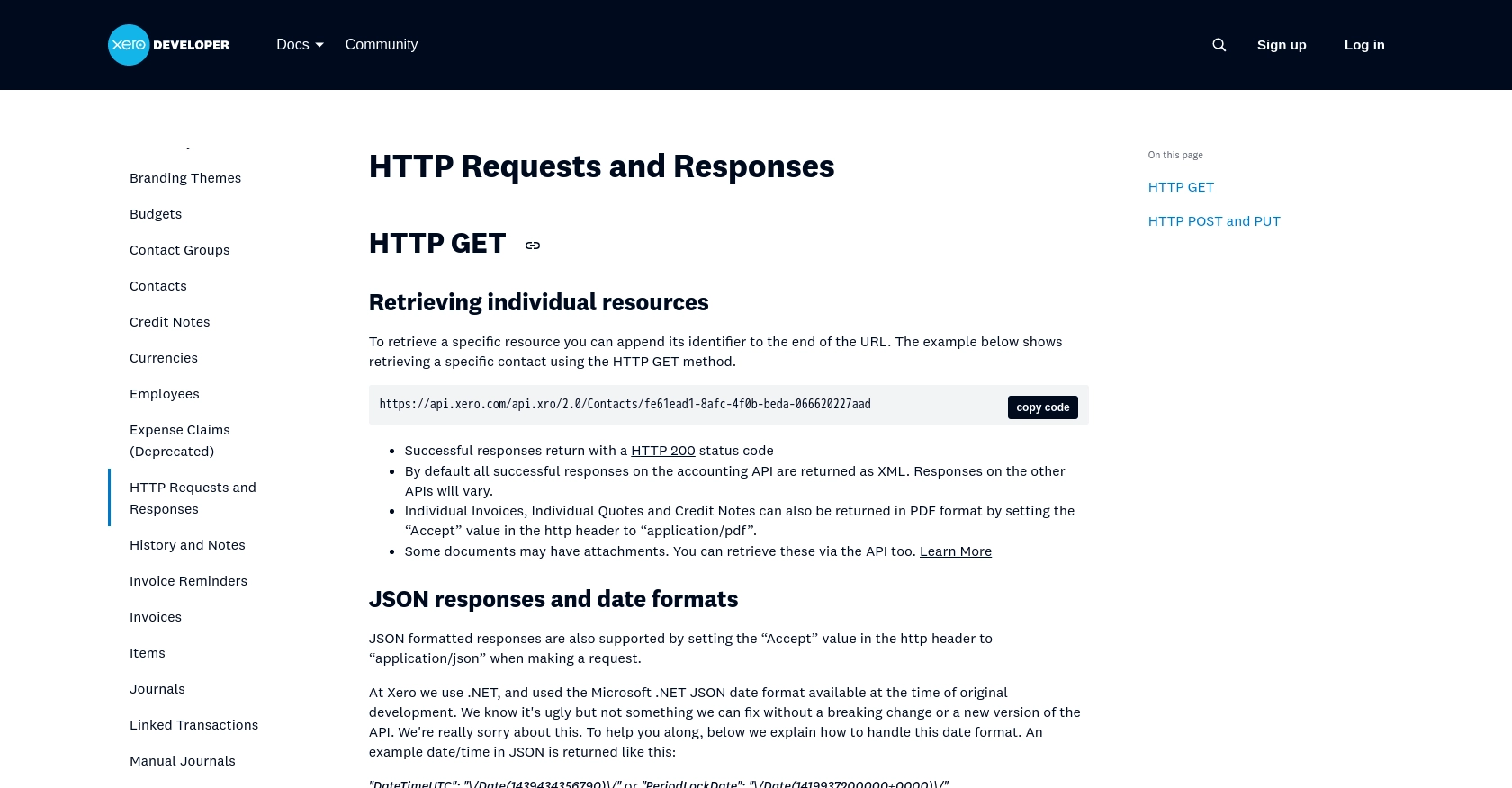Using the Xero API to Get Vendors (with Python examples)

Introduction to Xero API for Vendor Management
Xero is a powerful cloud-based accounting software platform designed to help small and medium-sized businesses manage their finances efficiently. With features like invoicing, payroll, and expense tracking, Xero provides a comprehensive solution for businesses looking to streamline their financial operations.
Developers may want to integrate with Xero's API to automate financial processes and enhance business workflows. For example, using the Xero API, a developer can retrieve vendor information to manage supplier relationships more effectively. This can be particularly useful for businesses that need to maintain up-to-date records of their suppliers for accounting and inventory management purposes.
Setting Up Your Xero Sandbox Account for API Integration
Before diving into the Xero API to manage vendor information, you'll need to set up a sandbox account. This allows you to test your integration without affecting live data. Xero provides a free demo company that you can use for this purpose.
Creating a Xero Sandbox Account
- Visit the Xero sign-up page and create a free account if you don't already have one.
- Once logged in, navigate to the dashboard and select the option to add a new organization.
- Choose the "Demo Company" option to create a sandbox environment. This demo company will have sample data that you can use for testing.
Setting Up OAuth 2.0 Authentication for Xero API
Xero uses OAuth 2.0 for authentication, which requires you to create an app to obtain the necessary credentials. Follow these steps to set up OAuth 2.0:
- Go to the Xero Developer Portal and log in with your Xero account.
- Click on "New App" to create a new application.
- Fill in the required details, such as the app name and company URL. Make sure to select the "Accounting" API.
- Once the app is created, you'll receive a client ID and client secret. Keep these credentials secure as they are essential for API access.
Configuring OAuth 2.0 Scopes and Redirect URI
To interact with the Xero API, you need to configure the appropriate scopes and redirect URI:
- In your app settings, navigate to the "Scopes" section and select the necessary scopes for accessing vendor information. For this tutorial, ensure you have the "contacts" scope enabled.
- Set the redirect URI to a valid endpoint in your application where Xero will send the authorization code.
With your sandbox account and OAuth 2.0 authentication set up, you're ready to start making API calls to retrieve vendor information using Python.

sbb-itb-96038d7
Making API Calls to Retrieve Vendors from Xero Using Python
With your Xero sandbox account and OAuth 2.0 authentication configured, you can now proceed to make API calls to retrieve vendor information. This section will guide you through the process of setting up your Python environment and executing the necessary code to interact with the Xero API.
Setting Up Your Python Environment for Xero API Integration
Before making API calls, ensure you have the following prerequisites installed on your machine:
- Python 3.11.1
- pip, the Python package installer
Once these are installed, use the following command to install the requests library, which will help you make HTTP requests:
pip install requestsWriting Python Code to Retrieve Vendor Information from Xero
Create a new Python file named get_xero_vendors.py and add the following code:
import requests
# Set the API endpoint and headers
endpoint = "https://api.xero.com/api.xro/2.0/Contacts"
headers = {
"Authorization": "Bearer Your_Token",
"Accept": "application/json"
}
# Set the query parameters to filter vendors
params = {
"where": "IsSupplier==true"
}
# Make a GET request to the API
response = requests.get(endpoint, headers=headers, params=params)
# Check if the request was successful
if response.status_code == 200:
# Parse the JSON data from the response
data = response.json()
# Loop through the vendors and print their information
for vendor in data.get("Contacts", []):
print(vendor)
else:
print(f"Failed to retrieve vendors: {response.status_code} - {response.text}")
Replace Your_Token with the access token obtained during the OAuth 2.0 authentication process.
Executing the Python Script to Fetch Vendors from Xero
Run the script from your terminal or command line using the following command:
python get_xero_vendors.pyIf successful, the script will output the vendor information retrieved from your Xero sandbox account. You can verify the results by checking the vendor data in your Xero demo company.
Handling Errors and Understanding Xero API Responses
When interacting with the Xero API, it's crucial to handle potential errors gracefully. The API may return various status codes indicating the success or failure of your request. Common error codes include:
- 400 Bad Request: The request was invalid or cannot be otherwise served.
- 401 Unauthorized: Authentication failed or user does not have permissions for the requested operation.
- 403 Forbidden: The request is understood, but it has been refused or access is not allowed.
- 404 Not Found: The requested resource could not be found.
For more detailed information on error codes, refer to the Xero API documentation.

Conclusion and Best Practices for Xero API Integration
Integrating with the Xero API to manage vendor information can significantly enhance your business's financial workflows. By automating the retrieval and management of supplier data, you can ensure that your records are always up-to-date, improving efficiency and accuracy in accounting and inventory management.
Best Practices for Secure and Efficient Xero API Usage
- Securely Store Credentials: Always keep your client ID, client secret, and access tokens secure. Consider using environment variables or secure vaults to store these sensitive details.
- Handle Rate Limiting: Xero imposes rate limits on API requests. Be sure to implement logic to handle rate limit responses gracefully. For more information, refer to the Xero API rate limits documentation.
- Data Transformation and Standardization: Ensure that the data retrieved from Xero is transformed and standardized to fit your application's requirements. This will help maintain consistency across different systems.
Streamlining Integrations with Endgrate
Building and maintaining multiple integrations can be time-consuming and complex. With Endgrate, you can simplify this process by leveraging a unified API endpoint that connects to various platforms, including Xero. This allows you to focus on your core product while outsourcing the intricacies of integration management.
Explore how Endgrate can help you save time and resources by providing an intuitive integration experience for your customers. Visit Endgrate to learn more about how you can streamline your integration processes today.
Read More
- https://endgrate.com/provider/xero
- https://developer.xero.com/documentation/api/accounting/requests-and-responses
- https://developer.xero.com/documentation/guides/oauth2/limits/
- https://developer.xero.com/documentation/guides/oauth2/overview
- https://developer.xero.com/documentation/guides/oauth2/scopes
- https://developer.xero.com/documentation/guides/oauth2/auth-flow
- https://developer.xero.com/documentation/guides/oauth2/tenants
- https://developer.xero.com/documentation/api/accounting/contacts
Ready to get started?
